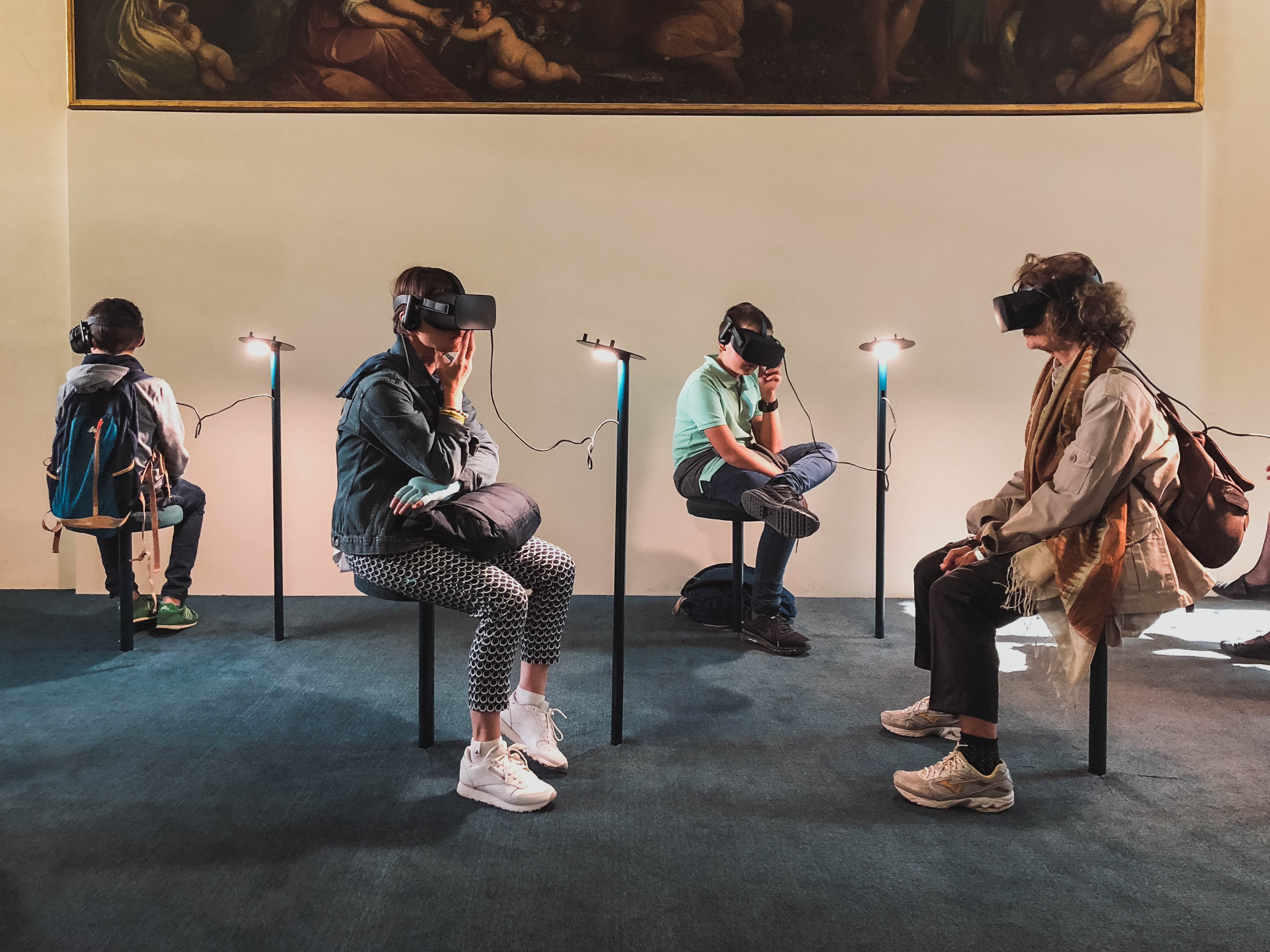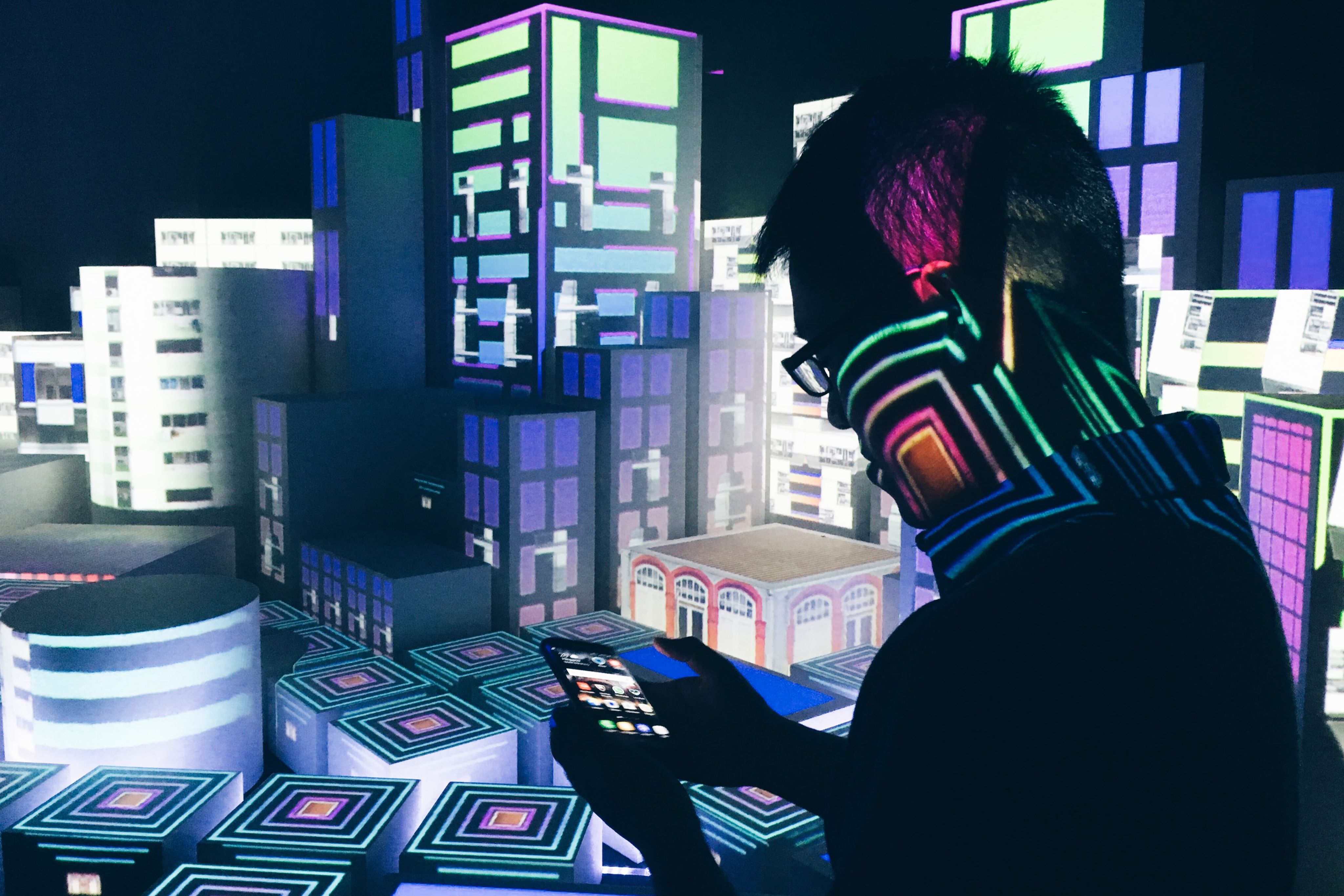How Virtual Worlds Are Changing the Way We Consume Content

In the digital age, content is no longer limited to flat screens and static platforms. Welcome to the era of virtual worlds—immersive, interactive spaces where users can consume, create and engage with media in entirely new ways. From gaming and entertainment to education and marketing, virtual environments are quickly becoming the next frontier of content consumption.
But what does this mean for the future of media and how can aspiring professionals keep up? The answer lies in understanding the shift and learning the skills to navigate it, something that IACT College’s Media and Communication courses are preparing students for today.
What Are Virtual Worlds?
Virtual worlds are computer-generated environments where users interact through avatars or digital personas. These environments can be part of video games, virtual reality (VR), augmented reality (AR) or metaverse platforms like Roblox, Fortnite and Meta’s Horizon Worlds.
Unlike traditional websites or social media, virtual worlds are experiential. They allow users to walk through 3D spaces, interact with others in real-time and engage with content in a multi-sensory way. It's not just about watching or reading, it's about being there.
The Rise of Immersive Content Consumption
The way we consume media is evolving rapidly. Here’s how virtual worlds are changing the game:
1. More Immersive Storytelling
Virtual worlds let creators build stories that users can explore, not just watch. Think of a movie you can walk through or a news report you can experience from the inside. This new level of immersion makes content more engaging, emotional and memorable.
2. Interactive Marketing and Advertising
Brands are using virtual worlds to create interactive campaigns. For example, Nike launched Nikeland inside Roblox, where users can try on virtual sneakers and play branded games. This is content marketing in a new dimension, literally.
3. New Social Experiences
People aren’t just consuming content in isolation anymore. They’re meeting, talking and sharing in virtual spaces. Virtual concerts, like Travis Scott’s performance in Fortnite, attracted millions of viewers, showing how media can become a shared event in real time.
4. Educational and Informational Content
Schools, museums and even news outlets are experimenting with VR to make learning more immersive. Instead of reading about ancient Rome, students can take a virtual walk through the Colosseum. Journalists can take audiences inside war zones using 360° video and VR storytelling.
Why It Matters for Media and Communication Professionals
For content creators, marketers and media professionals, the rise of virtual worlds is a game-changer. It requires a new way of thinking, one that blends creativity with technology and storytelling with interactivity.
Employers are now looking for talent who understand how to design for immersive experiences, build community in digital spaces and craft content that feels real in a virtual world. This means that traditional media skills are no longer enough. To stay relevant, professionals need to master digital media tools, audience engagement strategies and virtual content platforms.
IACT College: Future-Proofing Your Media Career
If you’re serious about building a career in media, communication or content creation, IACT College’s Media and Communication courses is a perfect starting point.
IACT doesn’t just teach the basics of media production and communication theory. They go deeper, giving students hands-on experience with digital tools, content strategy, audience analysis and creative storytelling for today’s multimedia platforms.
Their courses also encourages exploration of emerging technologies like VR, AR and AI in media. Students work on real projects, collaborate in creative teams and build a portfolio that’s ready for the future of content consumption.
Virtual worlds are more than just a trend. They are shaping the future of how we interact with content. Whether you're a storyteller, marketer, influencer or journalist, understanding these immersive environments is becoming essential.
As media continues to evolve, so must the people behind it. The future belongs to those who can blend creativity with technology and connect with audiences in bold, new ways.
By studying Media and Communication at IACT College, you're not just learning how to create content, you’re learning how to shape the future of media itself.
References
- Meta. Introducing Horizon Worlds. https://about.meta.com/news/2021/12/introducing-horizon-worlds
- The Verge. Travis Scott’s Fortnite Concert Was Spectacular and Surreal. https://www.theverge.com/2020/4/23/21233263
- Nike News. Nikeland on Roblox. https://news.nike.com/news/nikeland-nike-roblox
- IACT College. Diploma in Digital Media and Communication. https://www.iact.edu.my/media-and-comms/
- Forbes. The Metaverse And The Future Of Content Marketing. https://www.forbes.com/sites/forbescommunicationscouncil/2022/02/28



